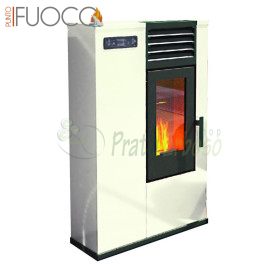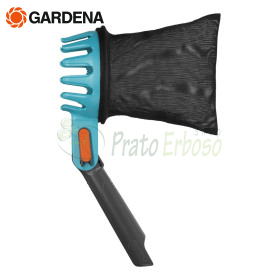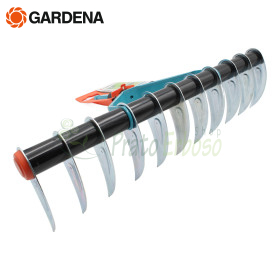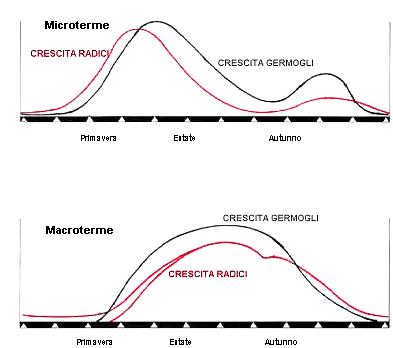Turf: essences and varieties
The varieties are grouped substantially into two typologies: microthermal and macrothermal. The substantial difference between the two are the climatic parameters that differentiate the vegetation, which varies, precisely, according to the temperatures.
However, all the species used belong to the three primary subfamilies: Festucoideae, Panicoideae, and Eragrostoideae.
INDEX
1. The microthermal family
Festuca: It is divided into two subgroups: coarse-textured fescues (F. elatior and F. arundinacea) and fine-textured fescues (F. rubra rubra, F. rubra commutata, F. rubra tricophylla and F. ovina).
Lolium: includes about ten species, distributed mainly in temperate zones; the two species used for lawns are Lolium perenne and, to a lesser extent, Lolium multiflorum.
Poa: It includes more than two hundred species widely distributed in cool-humid climate zones. Poa pratensis (common name: meadow grass): it is a rhizomatous species, for which there are extreme differences between different cultivars in the characteristics of density, color, texture and disease resistance.
2. The macrothermal family
Cynodon: In our regions, some of these species are weeds of herbaceous crops with a spring-summer cycle. Cynodon transvaalensis and Cynodon dactylon (common name: couch grass, darnel): this is an extremely variable species.
Paspalum: This genus includes about 400 species, of which only two are used for lawns, Paspalum notatum and Paspalum vaginatum.
Zoysia: the most common are Zoysia Tenuifolia and Zoysia Japonica
Other genera: Stenotaphrum secundatum, Pennisetum clandestinum, Axonopus affinis and Buchlöe dactyloides are other interesting species that will however hardly find space in our country. Among them, Stenotaphrum secundatum deserves a special mention, a plant with frightening aggressiveness and resistance, whose extremely coarse aesthetic appearance causes its relegation to absolutely particular contexts, such as those of naturalizations and environmental recovery.
3. Weaving
Texture is one of the distinguishing parameters of the different species. It represents the width of the leaf blade. The cultivation practices that most influence texture are cutting height and fertilization.
Planting density and texture are often related parameters: the higher the density of plants and stems on the surface, the finer the texture.
4. Vegetative habit
It represents the growth typology of the shoots.
The three main types of bearing are:
Caespitose - when plants grow and expand mainly by tillering, forming dense groups of erect culms;
Rhizomatous - when plants expand horizontally through rhizomes, underground stems that, growing laterally, give rise to new individuals far from the mother plant;
Stoloniferous - when horizontal growth occurs through stolons. The stoloniferous attitude is typical of Agrostis stolonifera among the microthermal and macrothermal species.
5. Microthermal and macrothermal vegetation in Italy compared
Share this content










